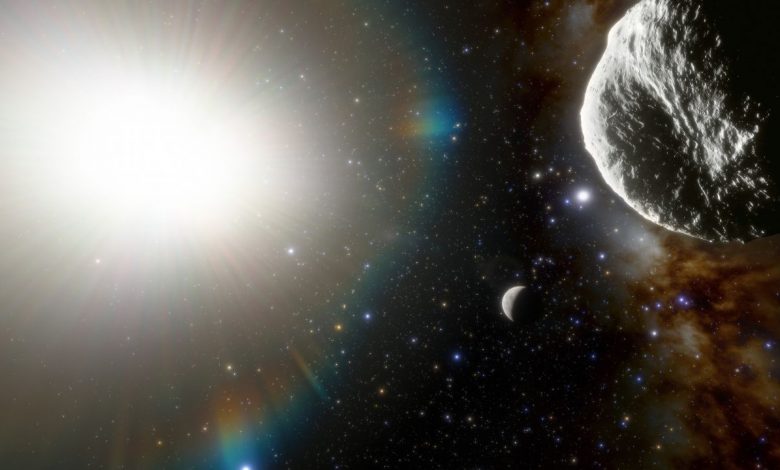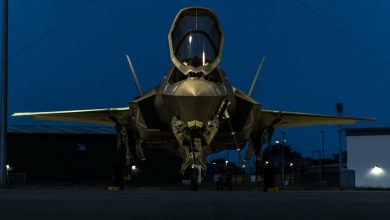Colliding magnetic fields reveal unknown planets

Ph.D. candidate astronomer Rob Kavanagh has developed mathematical models to better understand the interactions between exoplanets and stellar winds and to define features of exoplanets.
Exoplanets are planets that orbit around other stars than the sun. They are sometimes difficult to detect, but now it appears that interactions between exoplanets and stellar winds produce signals that radio telescopes can detect. Stellar winds are hot streams of charged particles that continuously escape from the surfaces of stars such as the sun.
“When stellar winds collide with the magnetic fields of orbiting planets, the interaction can produce a bright emission. On the Earth, we can see such emission as the northern lights,” says Kavanagh.
Modeling stellar winds
Last year, hints of such interactions occurring in other stellar systems were detected with the radio telescope LOFAR (Low-Frequency Array) for the first time. “Around twenty dwarf stars were found that emit radio emission. This could be due to exoplanets orbiting around these stars, although they are not currently known to host any planets,” says Kavanagh. In mathematical models he simulates stellar wind environments. That way, Kavanagh hopes to better understand the signals that are generated by the interaction between exoplanets and stellar winds.
“Kavanagh’s research also helps to interpret LOFAR’s new observations,” says his supervisor Aline Vidotto of the Leiden Observatory.
Exploring exoplanets
Kavanagh’s models are not only useful for detecting new exoplanets. Radio emission also provides all kinds of information about, for example, the size of the planet and its orbit around its parent star. Kavanagh said, “Looking at the planets within our own solar system, we expect that large planets, orbiting close to their parent star, will produce the strongest radio signals.”
In addition, the strength of the emission can also reveal something about the properties of the stellar winds themselves and the size of the magnetic field around an exoplanet. “Important information, because it is likely that the Earth’s magnetic field has ensured that we now have an atmosphere,” Kavanagh stated. The presence and size of a magnetic field therefore provides astronomers with an indication of the habitability of a planet. “And that comes in handy in the search for extraterrestrial life.”
On to ASTRON
Kavanagh is now working as a postdoc at ASTRON, the Netherlands Institute for Radio Astronomy. “Here I will continue to develop models and I will also start looking into brown dwarf stars. These stars emit a huge amount of radio emission, which is puzzling. The more I think about it, the stranger I find it,” Kavanagh laughs.
Meanwhile, Vidotto is happy that Kavanagh is staying in the Netherlands, looking forward to future collaborations. “We started our research together in Ireland, but halfway through Kavanagh’s Ph.D., I moved to Leiden to make it easier to collaborate with my colleague-astronomers,” says Vidotto. After some doubt, Kavanagh joined his supervisor. “It was a huge challenge to suddenly emigrate in the middle of a pandemic, but I’m glad I did.”





